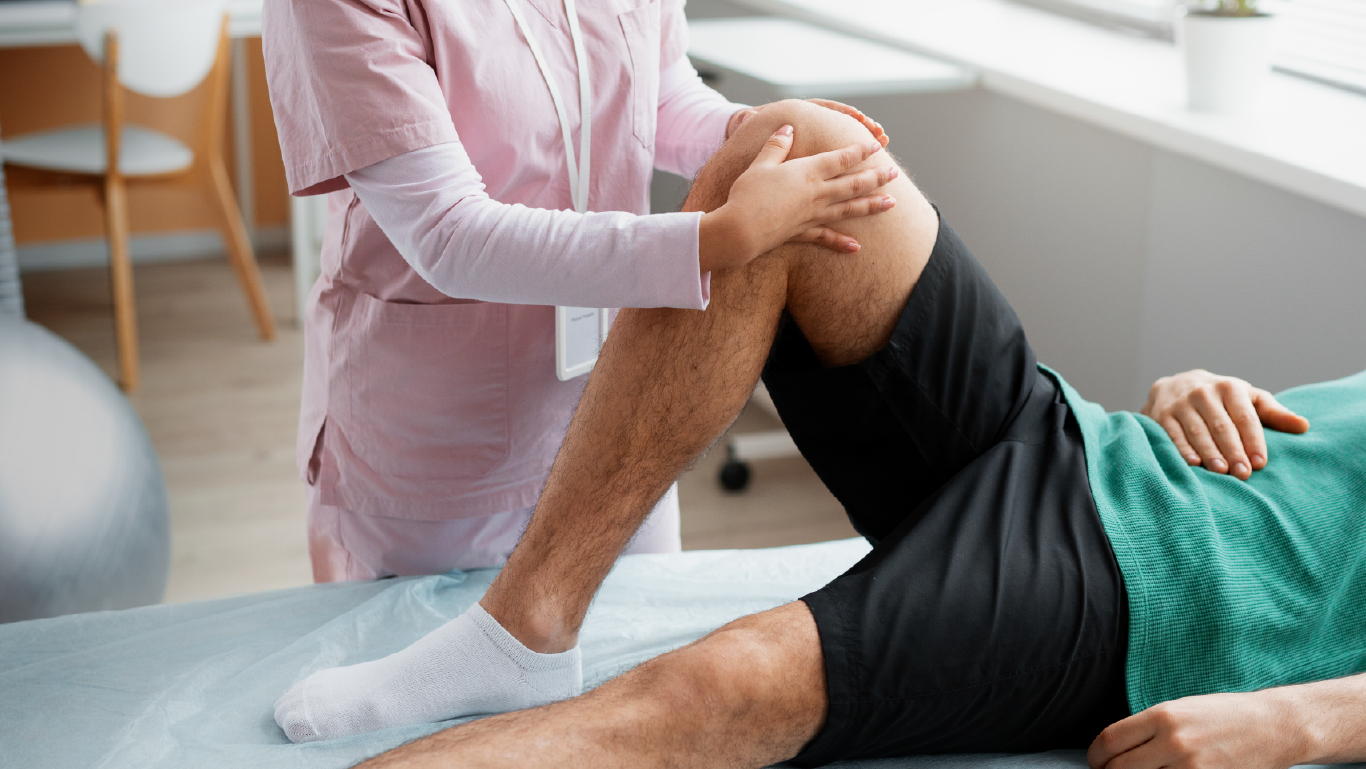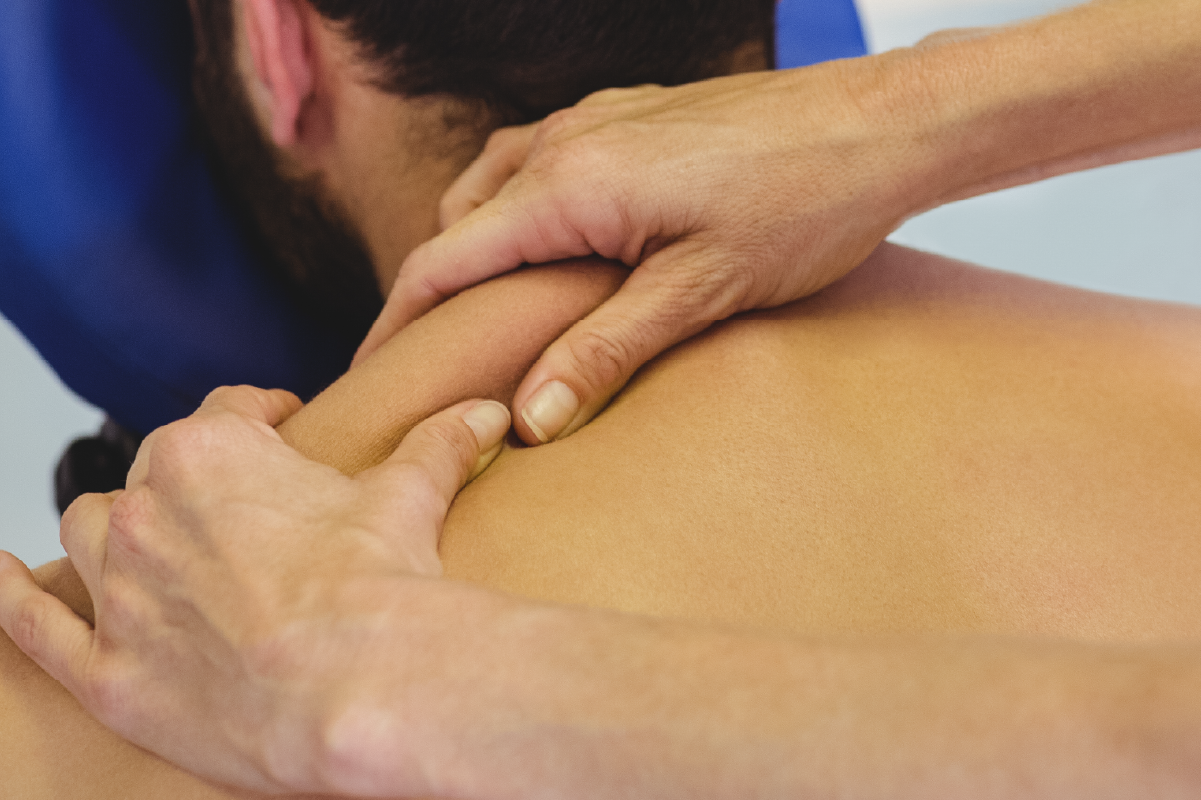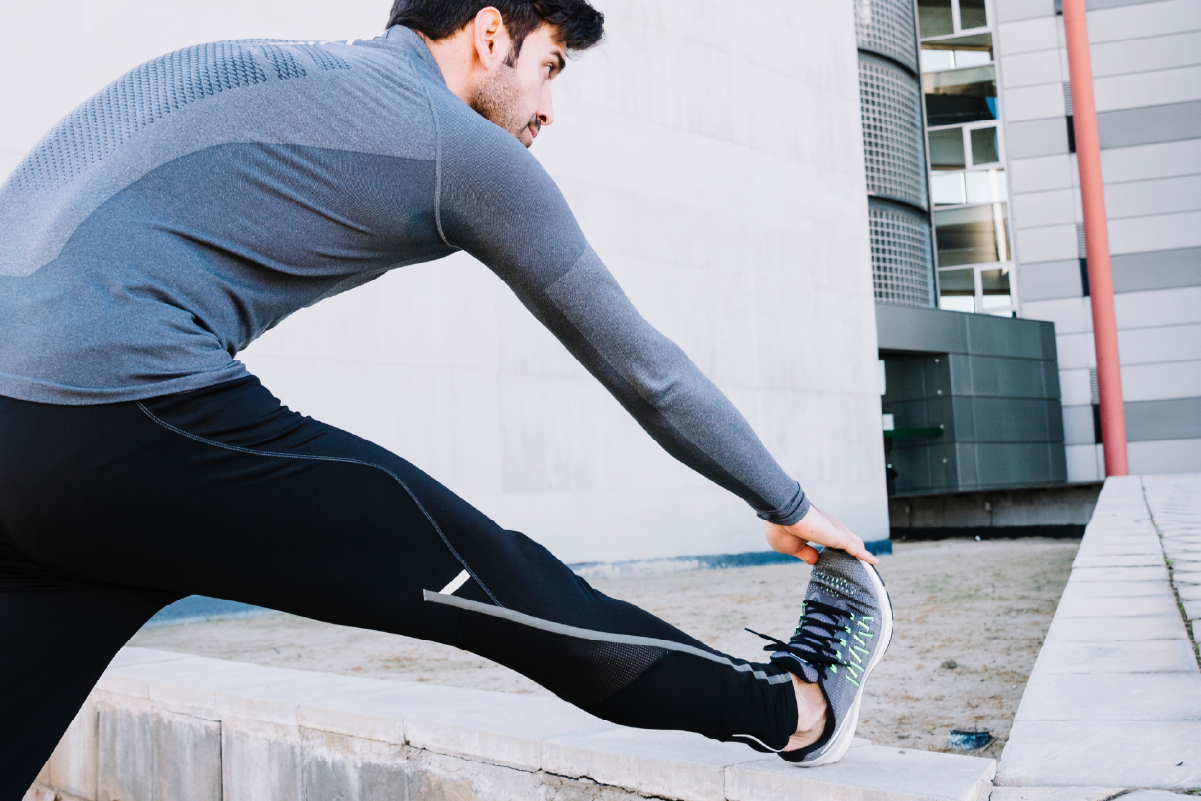+91 85910 13399

Manual Therapy is a specialized branch of physiotherapy that uses skilled, hands-on techniques to assess, diagnose, and treat musculoskeletal and neuromuscular conditions. Often referred to as manipulative therapy, it includes joint mobilization, soft tissue manipulation, and therapeutic massage aimed at relieving pain, increasing mobility, and restoring function.
If you’re experiencing stiffness, pain, or limited movement in areas like the back, hips, or shoulders, a physiotherapist may use manual therapy to improve joint range, relax tight muscles, and reduce inflammation.
By enhancing circulation, releasing tension, and correcting movement patterns, manual therapy promotes natural healing and improves overall physical performance. It is an essential part of rehabilitation and functional recovery, tailored to meet each individual’s specific needs.
Manual Therapy is typically integrated with tailored exercise programs and rehabilitation protocols to promote faster and more effective functional recovery.
Manual therapy offers numerous benefits, including pain relief, improved joint mobility, reduced muscle tension, enhanced circulation, better posture, and increased range of motion. It also helps restore functional movement, supports faster recovery, and complements overall physiotherapy and rehabilitation outcomes.

Manual therapy helps decrease pain by targeting its source, be it muscle tension, joint stiffness, or nerve irritation. Techniques like soft tissue and joint mobilization relieve stress, enhance blood flow, and support the body’s natural healing process, resulting in noticeable pain reduction and improved comfort.

Manual therapy reduces inflammation by targeting soft tissues and enhancing fluid drainage. Techniques like lymphatic drainage help remove excess fluid, minimize swelling, and support tissue repair. This reduction in inflammation eases discomfort, promotes healing, and contributes to overall pain relief and improved mobility

Manual therapy enhances joint mobility and flexibility by loosening tight muscles and soft tissues. It’s especially beneficial for those with stiffness or limited movement caused by injury, surgery, or chronic conditions, helping restore range of motion and improve overall physical function and comfort.

Manual therapy restores normal movement by addressing the root causes of restriction and pain. By improving joint and tissue function, it enhances overall mobility, supports proper movement patterns, and lowers the risk of future injuries, making daily activities easier and more efficient.
Dry Needling is often used as part of a complete treatment plan. It helps improve movement when muscles feel tight or when scar tissue limits flexibility. By targeting trigger points, it can loosen stiff muscles and reduce pain. This therapy is especially helpful for people who have limited range of motion due to injury, overuse, or muscle tension. Dry Needling can also support recovery from sports injuries, joint problems, or post-surgery stiffness. It works well alongside other physiotherapy techniques to speed up healing and restore normal movement in the body.
Most people find manual therapy comfortable, though you might feel some mild pressure or stretching. We will always work within your comfort level.
Have you ever wondered what life would be like without pain holding you back? The sharp, crippling pain that comes when you try to enjoy something exciting? Life can feel a little dull when all you do is sit, dwell on the pain, and try exercises you see online, which only provide temporary relief. If you’re here, you’re already on the path to healing. Click the link below to take the next step and start your journey to lasting relief today!
Copyright 2025. All Rights Reserved. Powered by Inventif Web LLP